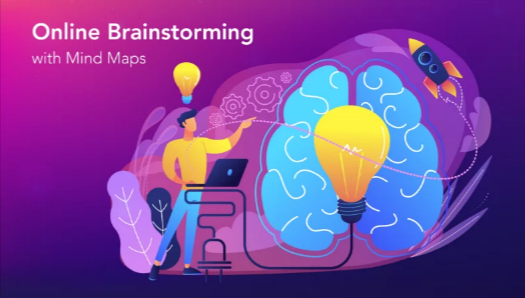How to run an online brainstorming session
1. Coordinate schedules and resources
Hosting a virtual meeting needs all participants to join the meeting at the same time. Setting a time and platform for an online session contains considering factors like time zones, accessibility and other organization meetings or schedules. When determining the time and information of your brainstorming session, you can work to search a time that works for everyone by looking at company schedules, asking for available times and considering participant feedback. Sending an invitation or declaration of the session a few weeks in advance can even help assure attendance and availability.
2. Communicate goals
An online brainstorming session gives better results and operations when participants have time to improve individual ideas and topics before addressing the larger group. Communicating the aims , topics and structure of the meeting prior to the session allows the team time to think about and refine their ideas before they share them with the group. Giving this information also provides a uniform objective for the team and ensures everyone has the same ability to make and contribute ideas.
3. Encourage participation
During the meeting time, the appointed manager or moderator works to encourage participation from all attendees to gain insight and feedback from professionals with different specializations, backgrounds and experiences. You can encourage engagement by making a positive working environment, asking questions and providing ample time for everyone to share their thoughts. Raised participation can increase the diversity of voices, ideas and methods and can develop the effectiveness of the session.
4. Record ideas
Brainstorming sessions generally provide a wide variety of general ideas and opinions from all participants. Recording the ideas and topics discussed throughout the session permits you to revisit ideas during the next stages of development and discussions. Many professionals use tools like a whiteboard, document or video recording to highlight, store and record ideas for future reference and consideration.
5. Send a follow-up
Brainstorm meetings give the beginning steps for creating new strategies and procedures in an organization. After the initial session, you can send a follow-up email to initiate the next steps and ask participants to work on the new ideas given. Your follow-up may even aim to thank the team for sharing their ideas and encourage them to share new ideas or questions that occur. This message can even highlight the most relevant brainstorming results that the managers or teams work to pursue in the next steps.



No comments:
Post a Comment